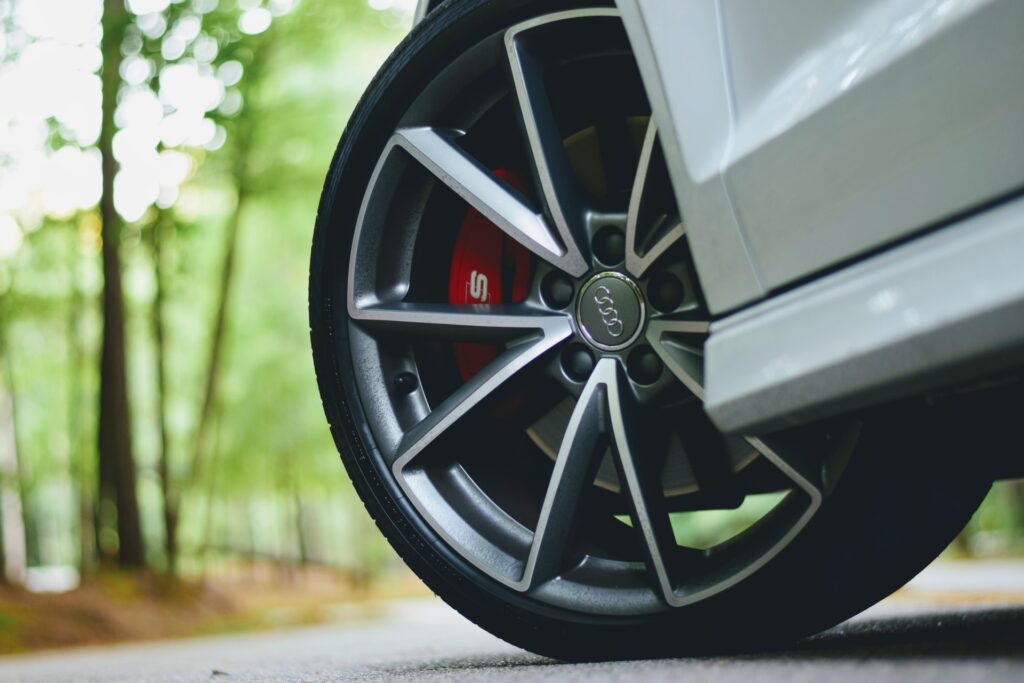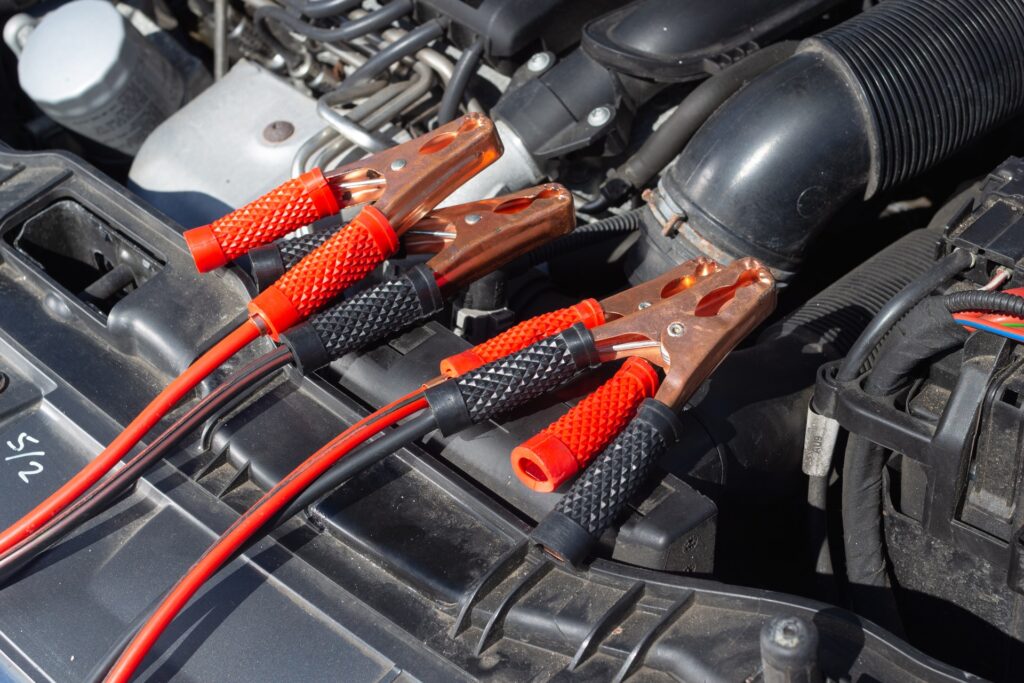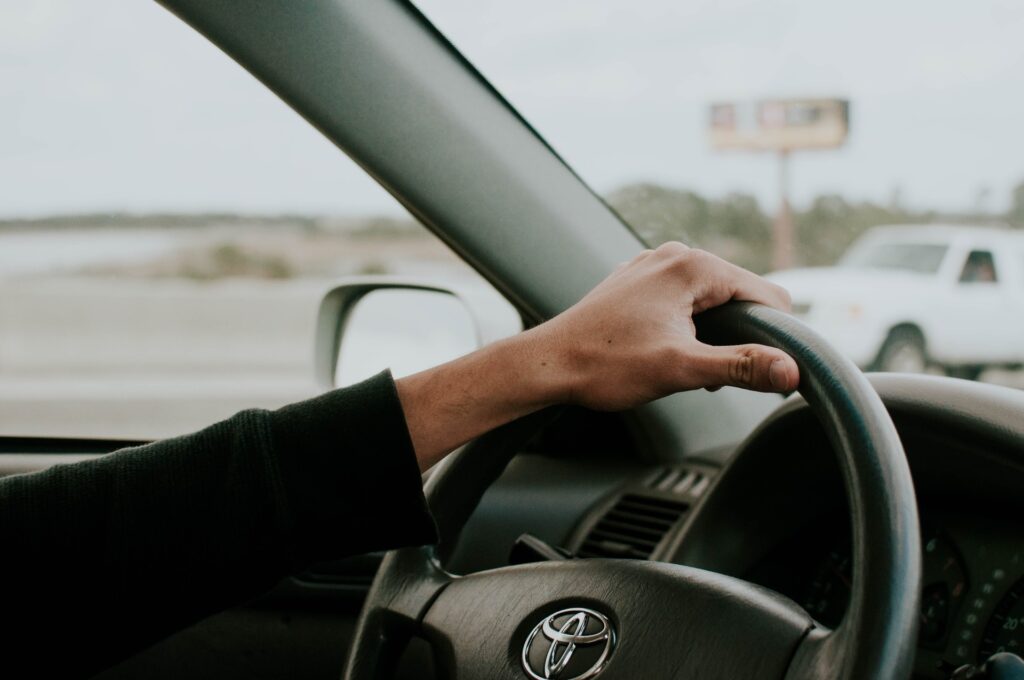Whether you’re traveling for pleasure or business, it’s important to keep your car in good working order. Even if you’ve taken great care of your car, it can still develop problems when you’re on the road.
If you’re planning a road trip, it’s important to get your car in top shape before you hit the road. A recent survey shows that more than half of drivers skip basic maintenance such as checking tire pressure and fluid levels before taking long trips.
When you’re up for a long ride, it’s important to get your car in top shape before you hit the road.
Here are some ways to keep your car ready for a long drive:
1. Check tire pressure and tread depth regularly.

The tires are the most important part of your car, as they are what keep it moving. If the tires have low pressure, then they can fail when you need them most. Under-inflated tires can lead to blowouts, which can be dangerous if they happen while you’re driving at high speeds or in bad weather conditions. The easiest way to check the tire pressure is by using a gauge. You can easily find one at any auto parts store or online.
Just review the recommended tire pressure on your owner’s manual, and inflate accordingly.
2. Don’t forget to inspect the seatbelts.
Check that all passengers are wearing seatbelts. Make sure the seatbelt retracts when you let go of it and that there are no frays or loose stitching on it. If there is any damage, replace it immediately; this could save lives in an accident. In addition, if you’re involved in a car accident in Riverside, it’s important to act quickly.
Don’t forget to work with a car accident lawyer riverside since they will help you with how much compensation is typical for similar injuries and damages in your state or city.
3. Check for leaks.
Keep an eye out for leaks from under the vehicle and don’t drive if you notice any fluid dripping onto the ground. Leaks can lead to engine damage over time, so it’s a good idea to check your oil level and other fluids before embarking on your trip. If you notice any leaks, fix them before you start driving.
4. Check your battery and alternator.

This step is particularly important if you live in an area where winter temperatures drop below freezing or if you plan on driving through mountainous terrain that may cause batteries to drain faster than normal due to frequent stopping and starting required by steep grades or sharp turns on mountain roads.
5. Scan your windshield wipers for wear and tear.
Make sure they don’t have any cracks or chips that could impede their ability to clear your view when driving in rain or snow. Also, make sure they are clean so they can effectively remove dirt and debris from your windshield. Replace them if necessary and make sure they work properly with the windshield washer fluid level full.
6. Inspect your car lights and reflectors.
Make sure all of your headlights, tail lights, brake lights, turn signals and hazard lights work properly. Also check your side marker lights, license plate light and parking light/interior dome light. If any of these bulbs are burned out or missing, they should be replaced immediately to avoid getting pulled over by police officers who might think you’re trying to hide something illegal in your car.
It’s also important to check that all of the reflectors on your car are in good condition and working correctly. If one of these parts is missing, it can make driving at night much more dangerous for you and other drivers around you.
7. Examine all car fluids.
Another important component of your car is its fluids; they allow everything in your vehicle to function properly. You should always keep an eye out for leaks and replace any fluid that looks low or has an odor or color that doesn’t look right. It’s also a good idea to check if there is any dirt or grime built up in your engine oil pan; if there is then it means that oil isn’t circulating properly in your engine which can lead to problems further down the road (and possibly even worse).
8. Prepare your emergency kit.
Keep an emergency kit in your car at all times in case of emergency. This includes blankets, jumper cables, an ice scraper (if necessary), a first aid kit, flares, a flashlight and bottled water among other things. Including a touch up paint tool in your emergency car kit is a smart idea when planning a long drive. It’s a convenient way to fix small scratches or dings on your car, without the need for costly repairs later on. Other handy items to include in your emergency car kit would be a tire pressure gauge and basic tools such as a wrench and pliers.
9. Check oil level and condition.
If your engine is running dry, it will overheat and be damaged from excessive heat. This can cause problems with your engine later on down the road if not fixed immediately. Make sure you get an oil change before leaving on any long trips or driving distances so you don’t have to worry about it later on down the road.
10. Do not overload.
One of the biggest mistakes people make when they are on a long drive is overloading their vehicles with luggage and other items. It is important that you only load what will fit in the trunk or backseat area. You do not want any part of your vehicle to be overloaded with luggage, or else it will cause damage to your vehicle’s suspension system. The best way to avoid this problem is to have one person take all of their belongings with them in their car and leave extra space for other passengers’ luggage.
What to do in case of accidents on the road?
Car accidents are not just a matter of life and death. They can be extremely painful and even fatal in most cases. If the accident has caused serious injuries or even death, you should call 911 immediately so that they can send an ambulance to help the victims. It is important not to panic after getting involved in an accident because it could make things worse than they already are.
If you feel that the other party is at fault for causing the accident, then it is best to call a car accident attorney as soon as possible. You should not try to settle with them on your own because they might try to take advantage of your ignorance about the law and offer you less than what he or she deserves from you. An experienced lawyer will help guide you through this difficult time by representing your interests and helping you get compensation for all damages incurred by the wreck.

